In this article, we will discuss the Horizontal and Vertical Distribution of Temperature on earth. The distribution of temperature on Earth has two components: Horizontal and Vertical. It refers to how temperature varies across different geographic locations on the Earth’s surface, as well as how it changes with altitude.
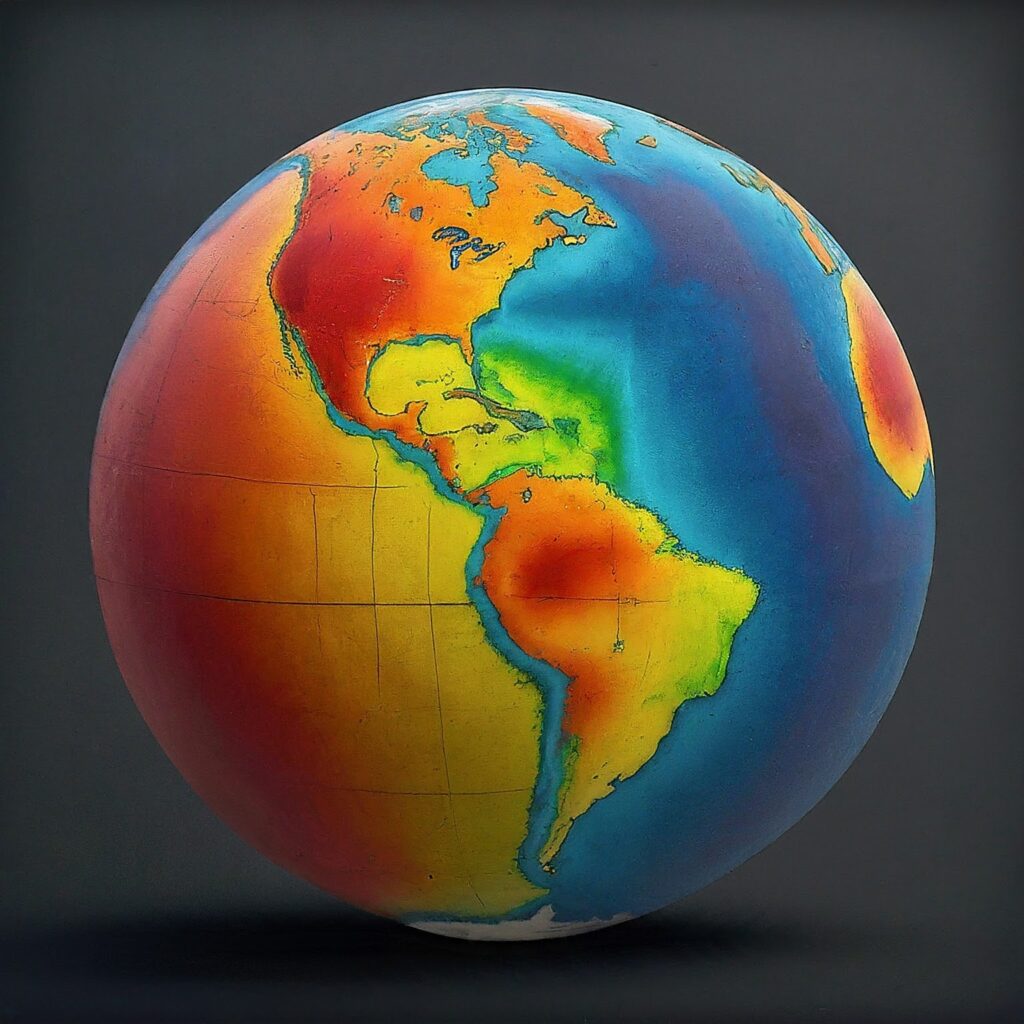
Table of Contents
Horizontal Distribution of Temperature
The horizontal distribution of temperature refers to how temperature varies across the Earth’s surface. The main factor that influences this distribution are:
Latitude
Temperature generally decreases from the equator towards the poles. This is due to the spherical shape of the Earth, which causes the sun’s rays to be more concentrated near the equator and spread out towards the poles. As a result, areas near the equator experience higher temperatures, while polar regions are colder.
Altitude
Temperature decreases with increasing altitude. This is because the atmosphere becomes thinner at higher altitudes, leading to a decrease in air pressure and a corresponding decrease in temperature. Therefore, mountainous regions tend to be cooler than low-lying areas at the same latitude.
"The normal lapse rate is the average rate of decrease in temperature with increasing altitude in the atmosphere, it is 6.5 degrees Celsius per kilometer."
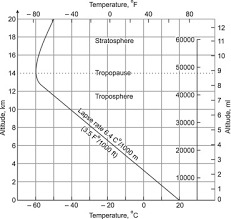
Proximity to Water Bodies
Coastal regions have milder temperatures compared to inland areas at similar latitudes. This is because water has a higher specific heat capacity than land, meaning it can absorb and retain heat more effectively. As a result, coastal areas experience less temperature variation throughout the year compared to inland regions.
Prevailing Winds
Wind patterns can influence the distribution of temperature by transporting air masses with different temperature characteristics. For example, winds blowing from oceanic regions tend to bring milder temperatures to coastal areas, while winds blowing from continental regions may bring colder or warmer air depending on the season.
Local Geographic Features
Local topography, such as mountains, valleys, and bodies of water, can create microclimates with distinct temperature patterns. For example, valleys may experience temperature inversions where cold air becomes trapped near the surface, leading to cooler temperatures compared to surrounding areas.
Vertical Distribution of Temperature
The vertical distribution of temperature refers to how temperature changes with altitude. This is an important concept to understand because it plays a key role in weather and climate patterns.
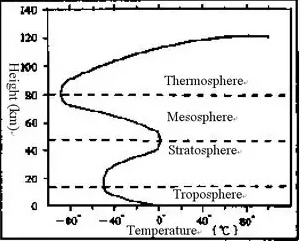
Troposphere
The troposphere is the lowest layer of the Earth’s atmosphere, extending from the Earth’s surface up to about 10-15 kilometers in altitude, depending on latitude and season. In this layer, temperature generally decreases with increasing altitude, following a lapse rate of approximately 6.5 degrees Celsius per kilometer. This decrease in temperature is primarily due to the adiabatic cooling of air as it rises and expands in response to decreasing atmospheric pressure. As a result, the surface layer of the troposphere is typically warmer than the upper layers.

"In the troposphere, temperatures generally decrease with altitude as greenn house effect is less prominent on higher altitude"
Stratosphere
Above the troposphere lies the stratosphere, extending from the top of the troposphere to about 50 kilometers in altitude. Unlike the troposphere, the stratosphere exhibits a temperature inversion, where temperature increases with altitude. This increase in temperature is primarily attributed to the presence of the ozone layer, which absorbs and re-emits ultraviolet (UV) radiation from the sun. The absorption of UV radiation leads to the heating of the stratosphere, creating a temperature inversion where temperatures are warmer at higher altitudes.
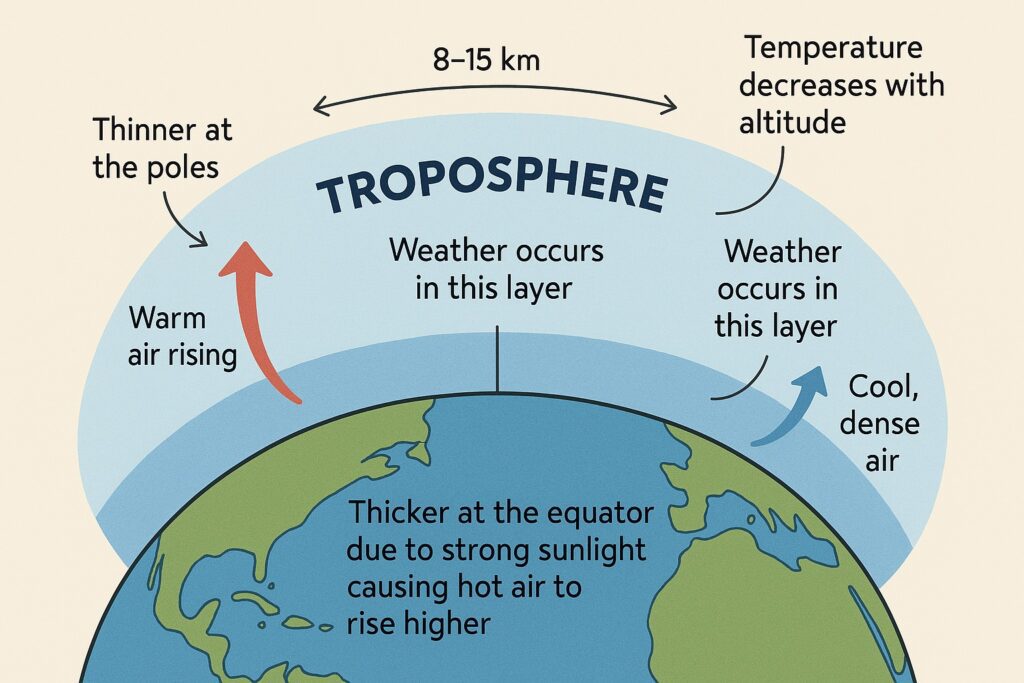
Mesosphere
Beyond the stratosphere lies the mesosphere, which extends from the top of the stratosphere to about 85 kilometers in altitude. In the mesosphere, temperature decreases with increasing altitude, similar to the troposphere. However, the mesosphere is characterized by extremely low temperatures, with temperatures reaching their lowest point, known as the mesopause, at around 85 kilometers above the Earth’s surface.
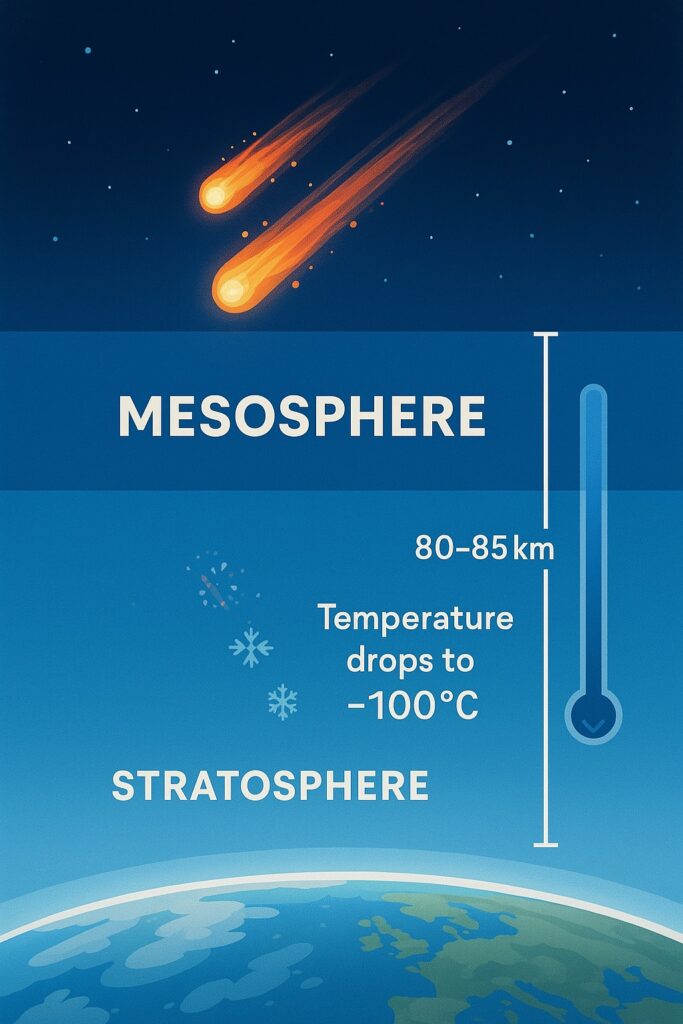
Thermosphere
The thermosphere is the outermost layer of the Earth’s atmosphere, extending from the top of the mesosphere to the exosphere, which gradually transitions into outer space. In the thermosphere, temperature increases significantly with altitude due to the absorption of solar radiation by high-altitude gases such as oxygen and nitrogen. However, despite the high temperatures in the thermosphere, the low density of gases results in the thermosphere feeling very cold to human senses.
Read: Geography